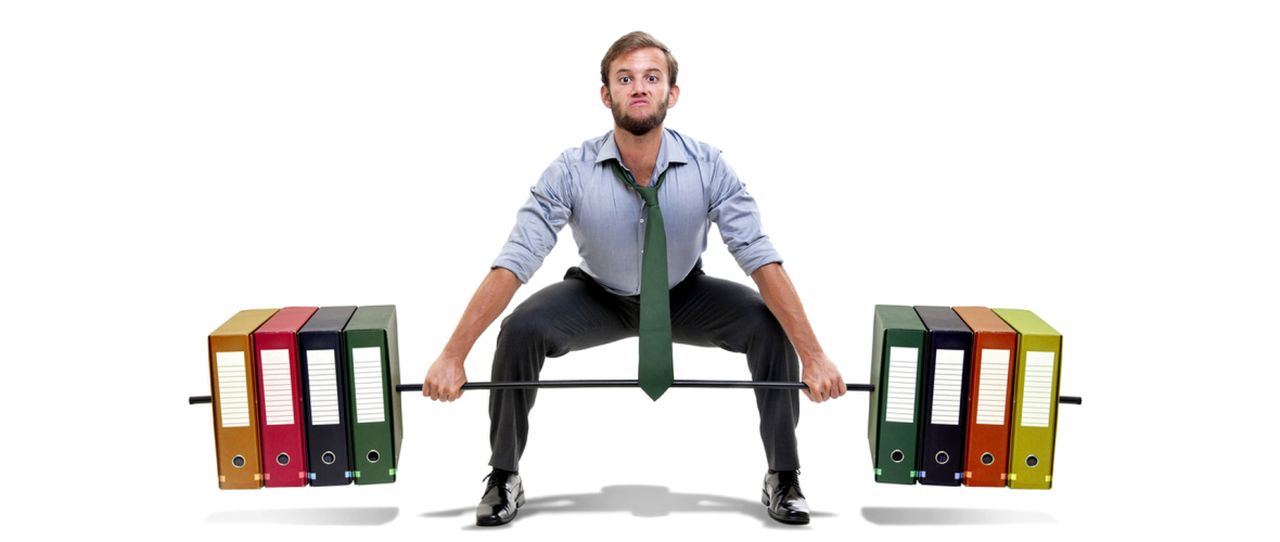Paula Pienaar explains the benefits of exercise for diabetic patients, and shares five easy workouts to do at the office.
An abundance of research has shown that a regular dose of physical activity reaps significant benefits to individuals with high blood glucose levels1. In pre-diabetics, moderate intensity activity has shown to delay the onset of diabetes and may even restore higher blood sugar levels back to the healthy range.
In diabetic patients, regular physical activity has shown to improve blood sugar control, reduce the number of cardiovascular risk factors (high blood pressure, high cholesterol, excess body fat) and use of chronic medication2,3. Evidently, being a physically active diabetic patient may lower your risk of heart disease by 29% and risk of mortality by 40% compared to those who are inactive4. However, for all these benefits to be effective, exercise must be undertaken regularly.
Benefits of regular physical activity in diabetic patients:
- Improved blood sugar control.
- Increased fitness.
- Improved blood pressure.
- Improved lipid profile (cholesterol and triglyceride levels).
- Reduced abdominal and body fat levels.
- Maintenance of weight loss.
- Improved mobility in overweight and obese diabetic patients.
- Decreased stress and anxiety, and an improvement in overall well-being.
Physical activity recommendations for diabetic patients:
| Type of activity | How long and how often? | How hard? | Examples | Tips |
| Cardiovascular/aerobic
[rhythmic, repetitive and continuous movement of the same large muscle groups for at least 10 minutes at a time] |
Accumulated 150 minutes per week or 30 minutes on most days of the week. | Moderate intensity: this means working up a light sweat but still being able to maintain a conversation. If you are a ‘numbers person’, aim for 50% – 70% of your maximum heart rate (MHR). |
|
MHR = 220 – (your age)
Example: The MHR of a 40-year-old is 180 beats per minute (220 minus 40 years) and 50% to 70% MHR = 90 to 126 beats per minute. |
| Strength/resistance training
[activities of brief duration involving the use of weights, weight machines or resistance bands to increase muscle strength and endurance] |
Two to three times a week consisting of 2 to 3 sets of 10 – 15 repetitions (reps) |
|
|
See the office-based exercises for some inspiration. |
IMPORTANT: first get clearance from your medical doctor before starting with an exercise plan. A biokineticist is ideal to design a personalized exercise programme to suit your needs, personal goals and lifestyle.
Exercise at the workplace
Meeting the guidelines may seem like a challenge, but you can incorporate simple, yet effective exercises throughout the day – all you need is your own body weight.
For cardiovascular exercise, you could set aside three sessions of 10 minutes, or two of 15 minutes to go out for a brisk walk or light jog – grab a colleague if you must, the more the merrier! In addition to the physical benefits you gain, studies have shown that active breaks from the office may also help improve mental performance and work productivity. Meeting the strength training guideline can be accomplished by incorporating the exercises below.
5 easy exercises you can do in your office
Perform 2 to 3 sets of 10 to 15 repetitions
| Exercise | Instructions | Adjusting intensity
You can lower the amount of repetitions or sets. But can also try the following: |
| Chair squats
|
|
|
| Calf raises
An easy exercise for when you’re waiting for the printer, the kettle or the microwave!
|
|
|
Desk push-ups  |
|
|
| Chair dips
|
|
|
| Chair abs: knee pull-ups
|
|
|
Take note: Individuals who wish to begin resistance exercises should receive initial instruction and periodic supervision by a qualified exercise specialist like a biokineticist where possible, to maximise benefits while minimising risk of injury. Do not hold your breath during exercises – follow the guidelines in the description.
References:
- Colberg, Sheri R., et al. “Physical activity/exercise and diabetes: a position statement of the American Diabetes Association.” Diabetes Care 39.11 (2016): 2065-2079.Hu G, Jousilahti P, Barengo NC, et al. Physical activity, cardiovascular risk factors, and mortality among Finnish adults with diabetes. Diabetes Care. 2005; 28:799-805.
- Gill, Jason MR, and Dalia Malkova. “Physical activity, fitness and cardiovascular disease risk in adults: interactions with insulin resistance and obesity.” Clinical science 110.4 (2006): 409-425.
- Way, Kimberley L., et al. “The effect of regular exercise on insulin sensitivity in type 2 diabetes mellitus: a systematic review and meta-analysis.” Diabetes & metabolism journal 40.4 (2016): 253-271.
- Kodama, Satoru, et al. “Association between physical activity and risk of all-cause mortality and cardiovascular disease in patients with diabetes.” Diabetes care 36.2 (2013): 471-479.
MEET OUR EXPERT - Paula R. Pienaar

































